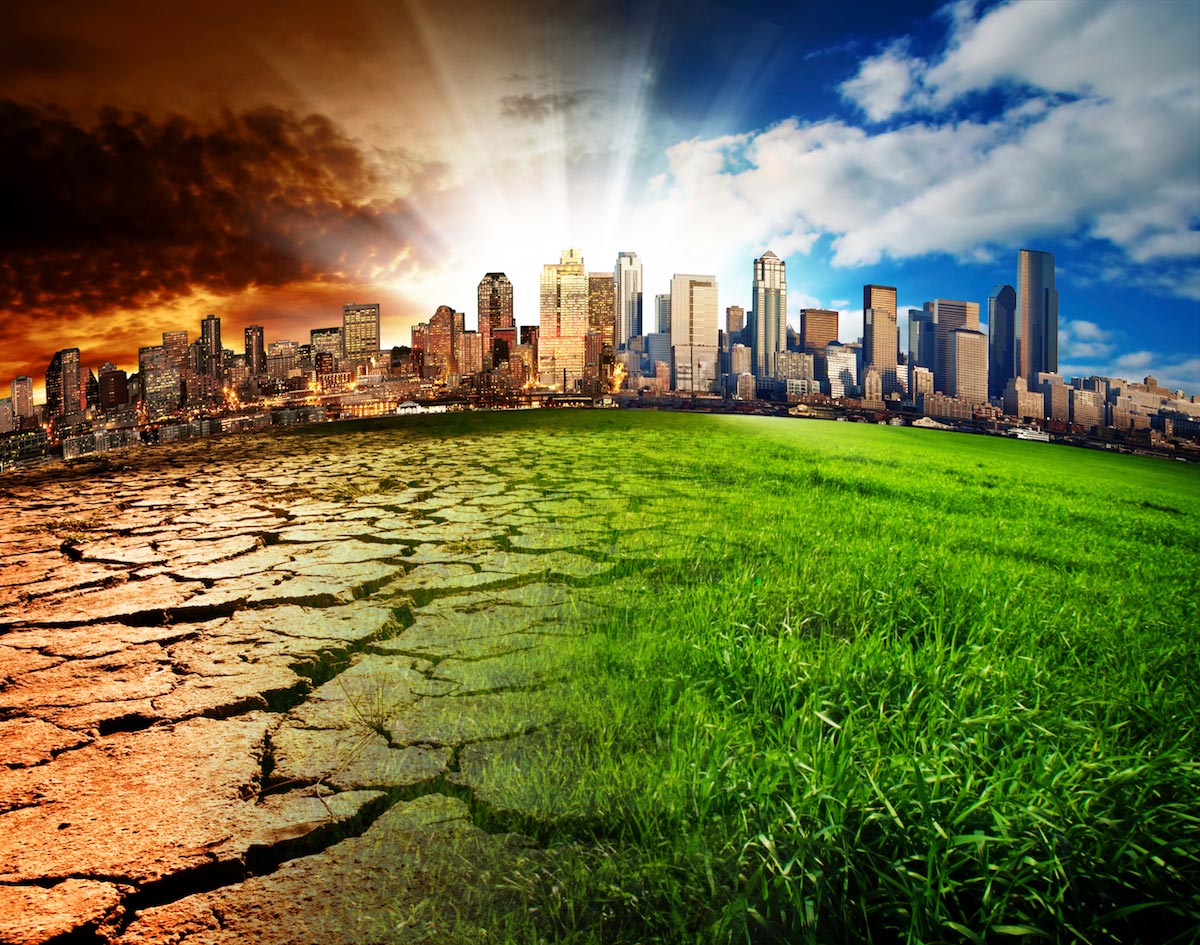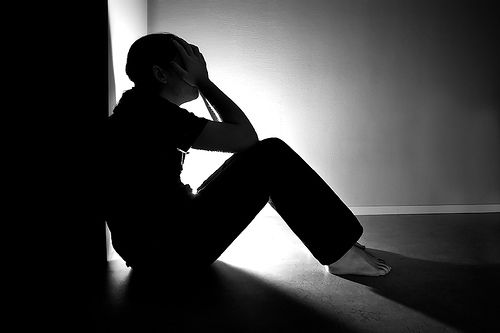Nearly 2 million Brazilians gather to protest corrupt government, poor economy, as water supplies dry up amid global drought
08/26/2015 / By Chris Draper

Hundreds of thousands of protesters met on the streets of Brazil to call for the impeachment of President Dilma Rousseff. The protest revolts were fueled by government corruption and mismanagement of the economy.
According to a survey conducted by the polling firm Datafolha , approximately 66 percent of Brazilians are in favor of the removal of the left-wing president and party, which has been in power since 2003. In addition, only 8 percent of Brazilians thought that the current administration was doing a good job.(1)
Law enforcement officials claimed that there were an estimated 879,000 protesters who flocked to the streets. However, community organizers claim that the number of protesters was closer to 2 million.(1)
Rosseff’s popularity in decline due to oil scandal
Rousseff barely won re-election back in October, with 51 percent of the vote. She started her second term in January. Nevertheless, Rosseff’s popularity has been in decline in recent months because of a corruption case involving the state-run oil company Petrobras.(1)
Bribes were paid to Petrobras executives and politicians in order to secure contracts with the oil company. The country’s highest court authorized the investigation of 40 politicians believe to be involved in the scandal. Many of the politicians were from the president’s Workers Party. Other parties are suspected to be involved in the scandal as well. Rousseff is not currently under investigation, which ignited the protests demanding her impeachment.(2)
Drought puts heat on government
Their are other reasons why citizens are upset with the Brazilian government. Sao Paulo, Brazil, is currently in the midst of the worst drought to plague the city in the last half-century. The city’s main supply of water, which typically holds 155 billion gallons of water, has run dry. As a result, the government has been forced to exhaust the city’s emergency reserves.(3)
Inflation and electricity prices are on the rise because of the drought. Critics argue that the government could have better prepared for the drought by rationing water. Since the country was in the midst of an election last year, however, rationing water was politically unfavorable. It was announced this year that officials would start rationing water; however, many fear that these efforts aren’t enough to reverse the damage.(3)
Brazil serves as a model for protests that could erupt in California. The state has been gripped by a major drought as well. Many regions have been reduced to third-world living conditions. The Central Valley, which is home to one of the world’s most lively agricultural areas, is the worst area afflicted by the drought. As would be expected, the Central Valley requires a lot of water.(4)
The problem is that Californian farmers are exhausting water wells quicker than nature can replenish them. Consequently, farmers must drill deeper into the earth for water, further than many wells already extend. This has caused some of the land to sink in the Central Valley at an unprecedented rate.
The drought has sparked flashes of civil uproar in California. Once-thriving communities are teetering on the brink of extinction, such as those in Tulare County. On one occasion, citizens used their cars to created a barricade to block water haulers from taking the little water that remains. To add fuel to the fire, the federal government has denied Tulare County their share of water from the web of dams, reservoirs and canals in the state.(5, 6)
California can take a lesson from the water drought in Brazil. If the government’s mismanagement of the drought continues, the state may become heated in more ways than one.
Sources include:
(1) http://www.dpa-international.com
(4) http://www.theatlantic.com
Tagged Under: Brazil, California, civil unrest, Drought, government corruption, protest




















